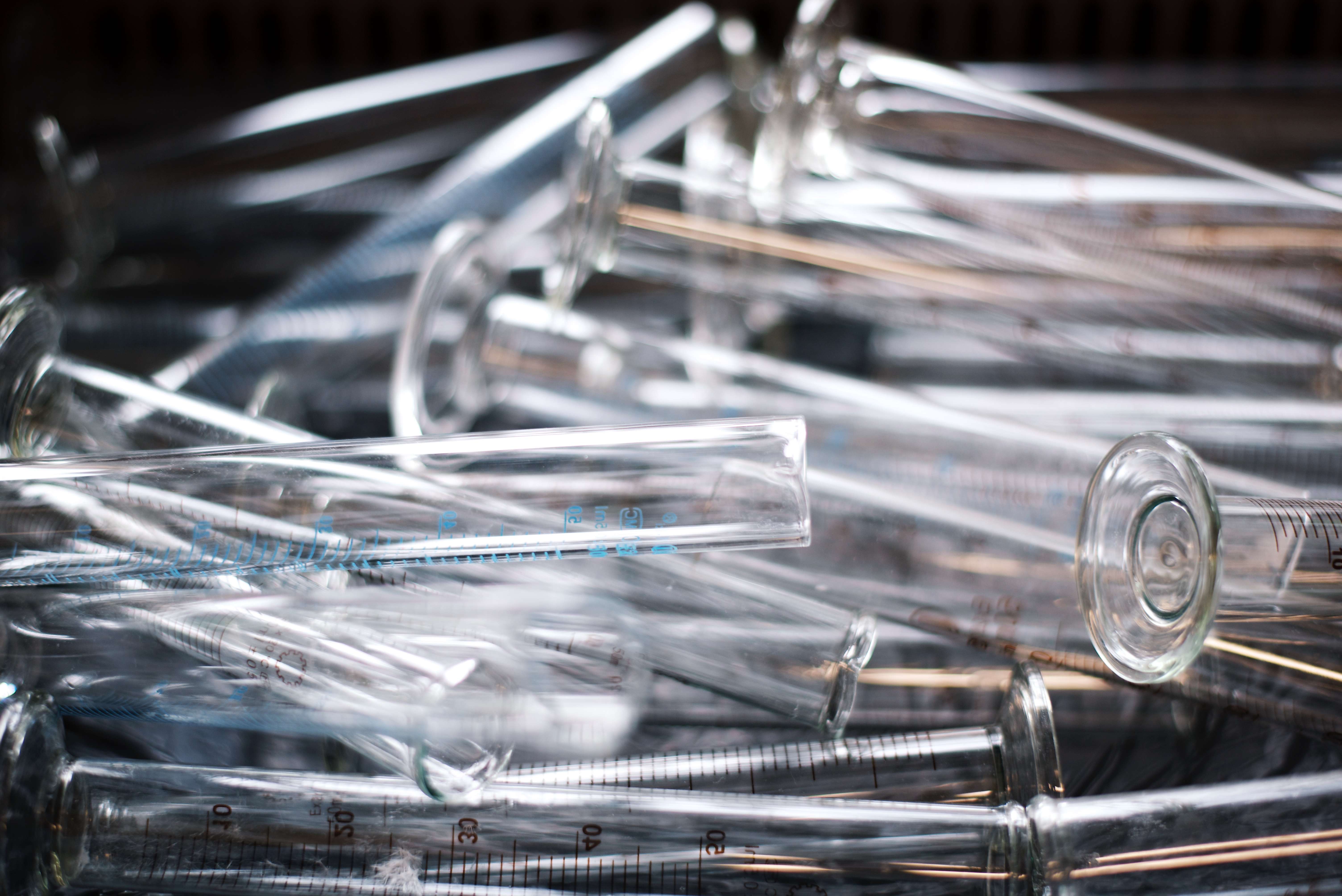Kim Day (of SAFEta acclaim for the handful of folks who don’t already know her) and I were talking last week about the word “evidence” and our move away from it when we speak about the work we do. I liked what she was saying so much, I asked her to write a guest post, which she graciously did amid all her other projects. Thanks, Kim, for the thoughtful offering. I look forward to the continuing conversation on this topic:
Language is so important in the work we do. I was teaching a group of prosecutors a few weeks ago, and it struck me that we use the word or term “evidence” rather loosely in practice and even in teaching activities. We talk about the process of evidence collection in teaching sexual assault nurse examiners, and other community partners. We may tell the patient that what we are doing in the medical forensic exam process is “collecting evidence” or we ask permission to “collect evidence” from them. Is that really what we are doing?
Webster defines evidence as an “outward sign” or indication, or something that furnishes proof, something that bears witness. As I reflected on the patients we care for, I realized that we set the expectation of a legal outcome from the very beginning by calling the items we collect in the exam “evidence”. When caring for any other patient population, we do not call the samples we collect from them, evidence- and in many instances (in fact in only about 9/100 ever even reach the venue of a courtroom[1], and 12/100 reports result in an arrest[2]) the samples we are collecting from the patient who we care for after a sexual assault NEVER reaches the point of becoming evidence. Are we setting a false expectation when we describe what we are collecting from them as evidence? It was then that I came to what I will call an “ah hah” moment- and realized that this IS something that can contribute to misinformation and it is being perpetuated by those of us who work in this field and in a broader sense our partner professions who also work with patients/victims.
The samples we collect from the patient at the time of the medical forensic exam are just that- samples of materials, secretions, debris, whatever- they are merely samples (or specimens if you want to call them that). We collect them guided by the history that the patient provides us- much the same as every patient we treat in healthcare. Care is customized for each patient based on many things- chief complaint (sexual assault), symptoms (pain, injury or method of assault), physical assessment (which we do during the exam); sample collection will proceed from there. We may collect blood, urine, materials whatever the source, we collect them based on the information we have. They are nothing more than samples or specimens. When we use this approach to what we do, we do not set an expectation that these samples we collect are going to do anything more than any other specimen that we collect in healthcare. They may or may not be used or even processed (the lab, the courtroom, or anywhere else).
One of the things that I strive to teach clinicians who do this work is that we MUST NOT step outside of our role as healthcare provider in the care of this particular patient population. We must strive to treat the patient who has the chief complaint of “sexual assault” as every other patient we see- following a model of care that provides ethical, holistic, compassionate care using an evidenced-based practice approach. If we follow that principle, we will never fall into the “trap” of becoming an “arm of law enforcement” or an “evidence collector”. When we describe what we are doing (sample collection) or what we are collecting in legal terminology (evidence collection), it becomes very easy to continue on that path and refer to the healthcare encounter (medical forensic exam) we are conducting as a legal process (evidence collection). I, for one, am NOT an evidence collector– I am a healthcare provider. I provide CARE to my patient- and when providing that care, I may or may not collect samples from the patient (only if they desire that).
I am making a conscious choice to change the language I am using- I will refer to the samples collected during the course of the encounter (medical forensic exam) with the patient who has experienced sexual assault as just that- samples (or sometimes specimens perhaps), but my plan is to no longer use the word “evidence”. Perhaps this will start a new dialog- one that can bring up back to the healthcare as the primary focus of the exam- not the legal system.


4 replies on “The Language We Use”
I am thrilled that this topic is being discussed! I concur that the choicw of words is citaly important to conveying our true intent and purpose. I have been utilizing the term “specimen collection” in my teaching and writing for more than 5 years now.i am pleased to say I have seen a small but perceptible shift among our team members in how they discuss the role and responsibilities of the nurse examiner. There is a clear recognition that the exam is not about “evidence collection”, with a much welcomed increased emphasis on the “nurse” aspect of the role. More importantly, I am now refularly witnessing examiners articulating and clarifying the nursing foundation when giving testimony about the exams they conduct… Now is the time to get the language in our policies and protocols revised!
Interesting discussion. I agree that we should be focusing on our role as nurses caring for patients who have experienced sexual assault. Is the patient coming to the SANE just for nursing assessment and care? Are they not also asking for evidence collection because this is not something that can be confortably done at the police station. Although some patients choose not to engage with law enforcement, they often still want evidence collection in case they change their minds. The evidence or samples are sent to the forensic lab and are no longer the property of the patient or the health care facility. The kit follows a chain of custody and is “taken into evidence.”
I agree that we have to be careful when we speak about evidence and that the use of “sample” may be more appropriate because we don’t know if the sample has any evidentiary value until it is analysed. I second Kim’s suggestion that we may be setting expections that the samples will be “evidence.”
If we go further with this separation between nursing and forensic evidence collection, would it be conceivable that a trained technician would collect the specimens while the SANE does the nursing care. Then, if the SANE does the nursing care, and it is based on all the nursing principles that we apply to all our patients–MIs, abdominal pain, lacerations–do we need the specialty of SANE?
Joan,
I certainly hear what you’re saying and very much appreciate you sharing your thoughts. The way I have always talked about the kit collection is that it’s done by me as a convenience to the patient. Yes, an evidence tech could do much of the sample collection, but why put a patient through 2 separate encounters when I have the education and experience to be able to conduct my assessment AND complete the kit for those patients who want it done. I can integrate both into a single episode of care. And in regards to whether the specialty of SANE is needed, I don’t think this changes that–the specialty is not based on our ability to complete the kit effectively, but on our ability to provide a holistic encounter that addresses all of the needs of the sexual assault patient, including both the short-and long-term healthcare implications of sexual violence; effective narrative and photodocumentation, and for those cases that go forward to trial, expert testimony.
I look forward to continued conversation about this with you and other FHO readers. Thanks again for sharing.
Jen
Thank you Kim & Jen!!!